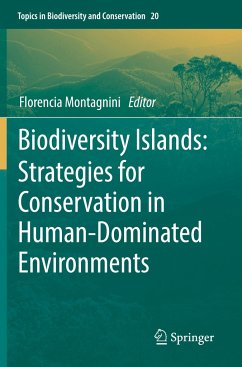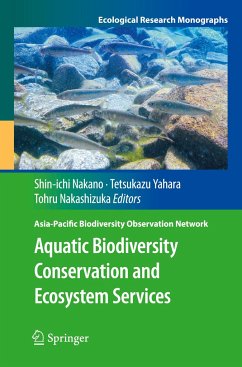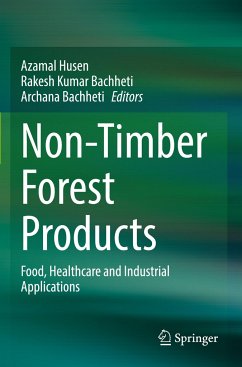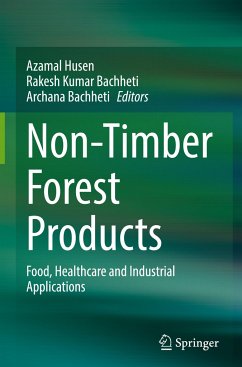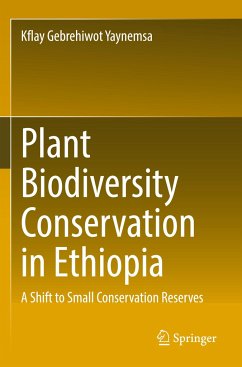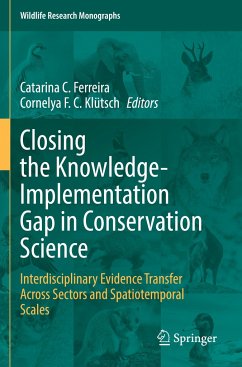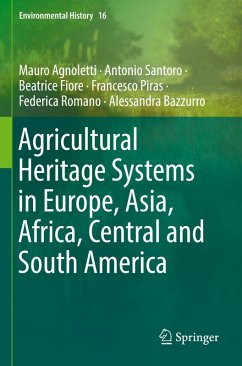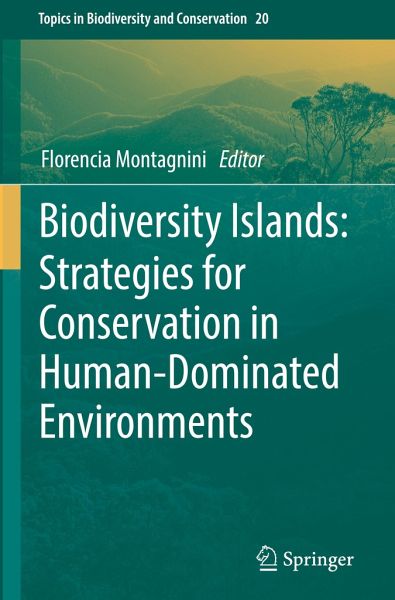
Biodiversity Islands: Strategies for Conservation in Human-Dominated Environments

PAYBACK Punkte
87 °P sammeln!
This book is intended to provide an overview for the identification and establishment of biodiversity islands. It presents examples and case studies where the biodiversity islands approach is being used in a variety of locations and contexts worldwide. It will contribute to design parameters on appropriate sizing and spatial distribution of biodiversity islands in order to be effective in conservation and regeneration across the landscape, using integrated landscape management approaches. This book is essential given the current worldwide trend of habitat destruction and the need to preserve b...
This book is intended to provide an overview for the identification and establishment of biodiversity islands. It presents examples and case studies where the biodiversity islands approach is being used in a variety of locations and contexts worldwide. It will contribute to design parameters on appropriate sizing and spatial distribution of biodiversity islands in order to be effective in conservation and regeneration across the landscape, using integrated landscape management approaches. This book is essential given the current worldwide trend of habitat destruction and the need to preserve biodiversity and its values.
The chapters are organized in five sections. The first section provides the introduction. Section 2,3 and 4 discuss the challenges and alternatives of establishment and management, case studies across the globe, safeguarding of the environmental, economic, and social benefits, and the final section offers a conclusion.
The contributing authors present views from the academic, the practitioner and the policymaker perspectives, offering alternatives and suggestions for promoting strategies that support biodiversity conservation through intentionally designed frameworks for sustainable forest landscapes.
Readers will discover suggestions and concrete examples that can be used by a variety of stakeholders in various settings throughout the world.
This book is useful to researchers, farmers, foresters, landowners, land managers, city planners, and policy makers alike.
The chapters are organized in five sections. The first section provides the introduction. Section 2,3 and 4 discuss the challenges and alternatives of establishment and management, case studies across the globe, safeguarding of the environmental, economic, and social benefits, and the final section offers a conclusion.
The contributing authors present views from the academic, the practitioner and the policymaker perspectives, offering alternatives and suggestions for promoting strategies that support biodiversity conservation through intentionally designed frameworks for sustainable forest landscapes.
Readers will discover suggestions and concrete examples that can be used by a variety of stakeholders in various settings throughout the world.
This book is useful to researchers, farmers, foresters, landowners, land managers, city planners, and policy makers alike.



